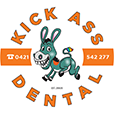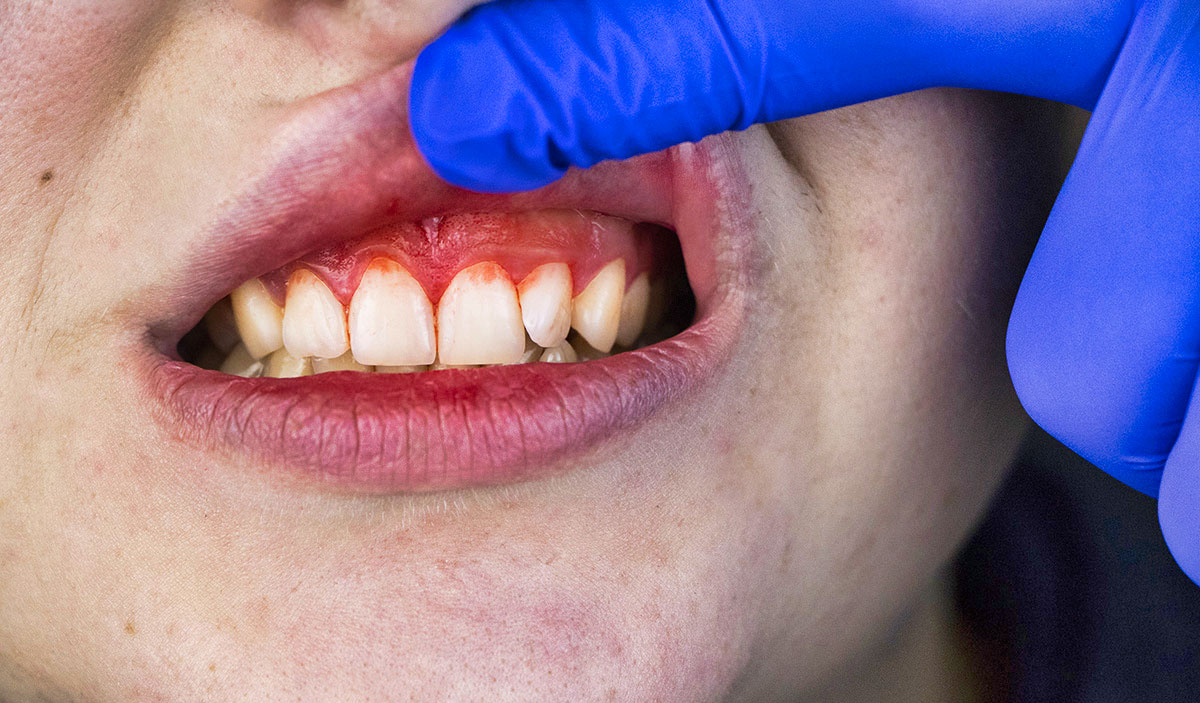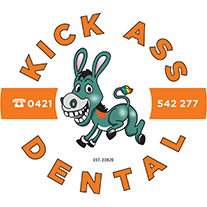Understanding Gum Disease: Early Signs and Symptoms
Introduction
Gum disease, also known as periodontal disease, is a common oral health condition that affects millions of people worldwide. It is caused by the buildup of plaque and bacteria on the teeth and gums, leading to inflammation and infection. If left untreated, gum disease can progress and result in severe damage to the gums, teeth, and even the underlying bone structure. Recognizing the early signs and symptoms of gum disease is crucial for early intervention and prevention of further complications. In this article, we will explore the initial stages of gum disease and how to identify them. What does gum disease start like?
What is Gum Disease?
Gum disease is an infection that affects the tissues surrounding and supporting the teeth. It typically starts with the buildup of plaque, a sticky film composed of bacteria, mucus, and food particles, on the teeth. When plaque is not adequately removed through regular brushing and flossing, it hardens into tartar or calculus, which cannot be removed by brushing alone. Tartar provides a conducive environment for bacteria to thrive, leading to inflammation and infection of the gums.
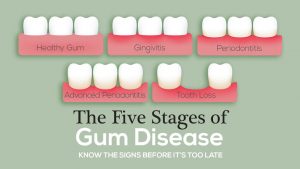
Stage 1: Gingivitis
The initial stage of gum disease is known as gingivitis. At this stage, the gums become inflamed due to the accumulation of plaque and tartar. Some of the common signs and symptoms of gingivitis include:
Bleeding Gums
One of the earliest signs of gum disease is bleeding gums, especially during brushing or flossing. Healthy gums should not bleed, so if you notice any blood on your toothbrush or dental floss, it may indicate gingivitis.
Swollen and Red Gums
Gingivitis often causes the gums to appear swollen, tender, and redder than usual. You may experience discomfort or sensitivity in the affected areas.
Bad Breath
Persistent bad breath, despite regular oral hygiene practices, can be an indicator of gingivitis. The bacteria present in plaque release toxins that contribute to foul-smelling breath.
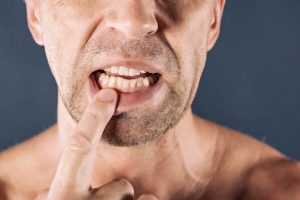
Receding Gums
In some cases, gingivitis can cause the gums to recede or pull away from the teeth, exposing the tooth roots. This can lead to tooth sensitivity and increased risk of tooth decay. https://kickassdental.com.au/
Stage 2: Periodontitis
If gingivitis is left untreated, it can progress to a more severe form of gum disease called periodontitis. During this stage, the infection begins to affect the underlying bone and supporting structures of the teeth. The signs and symptoms of periodontitis include:
Persistent Bad Taste
As periodontitis progresses, you may experience a constant unpleasant taste in your mouth. This can be due to the infection and accumulation of bacteria in the gums.
Loose Teeth
The destruction of the bone and tissues supporting the teeth can cause them to become loose or shift out of alignment. This can affect your bite and lead to difficulty in chewing.
Pus Formation
In advanced cases of periodontitis, pus may develop around the teeth and gums. This is a clear indication of an active infection and requires immediate dental attention.
Deep Gum Pockets
Periodontitis causes the formation of deep gum pockets between the teeth and gums. These pockets trap plaque and bacteria, making it challenging to clean effectively with regular brushing and flossing.
Prevention and Treatment
While gum disease can be a concerning condition, the good news is that it can be prevented and treated with proper oral hygiene practices and regular dental care. Here are some essential steps for preventing and managing gum disease:
Maintain a Consistent Oral Hygiene Routine
Brush your teeth at least twice a day using a soft-bristle toothbrush and fluoride toothpaste. Don’t forget to gently brush your gums and tongue as well. Additionally, floss daily to remove plaque and food particles from between your teeth and along the gumline.
Adopt Healthy Lifestyle Habits
Avoid tobacco use as it increases the risk of gum disease and compromises oral health. Maintain a balanced diet rich in fruits, vegetables, and whole grains. Limit sugary and acidic foods and beverages, as they can contribute to plaque formation.
Schedule Regular Dental Check-ups
Visit your dentist at least twice a year for professional cleanings and check-ups. Regular dental examinations can help detect early signs of gum disease and allow for timely intervention.
Professional Dental Cleanings
Professional dental cleanings, also known as scaling and root planing, are essential for removing plaque and tartar buildup that cannot be eliminated through regular brushing and flossing. This procedure helps to prevent the progression of gum disease.
Antibacterial Mouthwash
Using an antibacterial mouthwash recommended by your dentist can help reduce bacteria in the mouth and control plaque formation. However, mouthwash should not replace regular brushing and flossing.
Advanced Gum Disease Treatment
If gum disease has progressed to an advanced stage, your dentist may recommend additional treatments such as antibiotic therapy, gum surgery, or laser therapy to eliminate infection and restore gum health. What does gum disease start like?
Conclusion
Gum disease is a common oral health condition that can have serious consequences if left untreated. Recognizing the early signs and symptoms is crucial for early intervention and prevention of further damage. By maintaining good oral hygiene practices, adopting a healthy lifestyle, and seeking regular dental care, you can significantly reduce the risk of gum disease. Remember, prevention is always better than cure when it comes to your oral health. If you notice any signs of gum disease, consult your dentist promptly for appropriate diagnosis and treatment.
